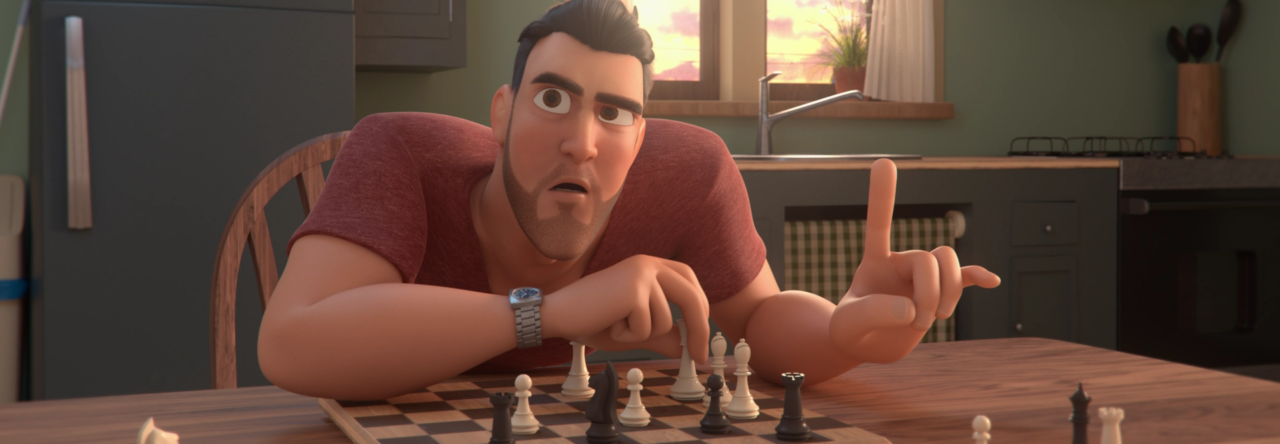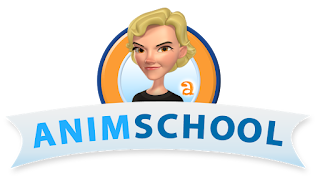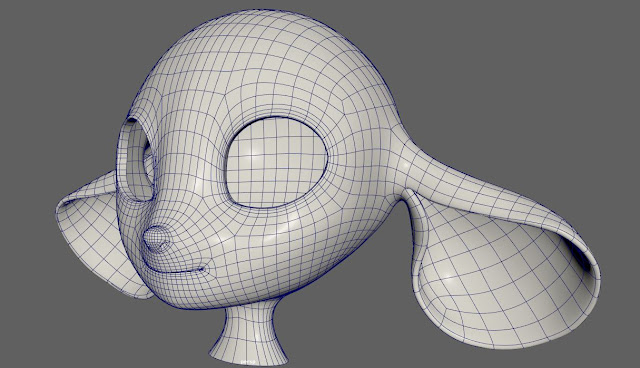Knowing what the weakest part of your project is means knowing what you need to work on the most. Putting some extra time into these areas can push your work from good to great.
At the same time though, it can also be a bit of an ego booster to know what your instructor thinks is your strongest area. It might seem awkward to ask, so you could reword it to something like, “Is there any part of this that you think is in a good place? Something that I shouldn’t worry about as much anymore?” While critiques shouldn’t be taken discouragingly, they can be hard at times when all of your project’s flaws are being pointed out. The point of this question is not to get overconfident in your work, but to be encouraging and help you feel a little better about it.
There are times when it seems like you might be on the right track but something just feels…off. From some angles or positions maybe it looks pretty good but from others it is kind of awkward and you are not sure why. Even if you and your instructor can’t quite pinpoint what exactly might be wrong, it’s good to at least point out the most awkward parts so that you can experiment in making them feel more natural.

While this is the most popular question that actually does sometimes get asked during classes, it’s also the one that gets the most passed up. I know it seems rude to interrupt, especially for an introvert, but if you don’t, then most likely you will miss your chance to find out how something was done. Whether it’s during a lecture, your own critique, or even someone else’s, it’s important that you always try to ask how to do something if you don’t understand. No one will care that you are interrupting because, chances are, other students in your class were wondering the same thing but were too afraid to speak up.

Most instructors will probably give you some guidance on where to look for helpful resources. However, just in case they forget or only went over it briefly, you should consider asking for more. They’ve probably been doing this longer than you and have therefore collected a goldmine of helpful websites, books, extra classes, and any other related resources you can think of. So don’t be afraid to ask for these things because I guarantee they would be more than happy to share them with you.
Okay so you’ve been critiqued, you know all of the things that need fixed, cleaned up, or improved. But…where do you start? Asking this question will give you a clear next step instead of a potentially overwhelming list of things that need done. Your instructor will probably have a good idea what he or she would do next, so why not find out?
Just because your class is ending and you’ve turned in your project for final grading, doesn’t mean you should stop working on it. Twelve weeks is not a lot of time to get a model/rig/shot 100% completed, even for professionals. There is always room for additions or improvements. In your final class, maybe during the one-on-ones, it’s a good idea to find out what those things are. What can you do to push your work to stand out from all of the others that are looking to get the same jobs you will be applying for?
I’m sure most instructors won’t mind you emailing them for feedback after your class with them is over, but it is always nice to ask as this can create a relationship with them outside of class. One of the most important aspects of the animation industry is having connections. The more instructors you keep in touch with, the better your demo reel will be and the more professional connections you will have when job hunting.


































